Lord Kartikeya, also known as Murugar, Skanda, and Subramanya, is a revered deity in Hinduism. His story captivates devotees with its rich symbolism, demonstrating strength, wisdom, and devotion. As the son of Lord Shiva and Goddess Parvati, Kartikeya is the embodiment of divine power, courage, and leadership. His presence is celebrated in numerous temples. Particularly in South India and Sri Lanka. Where his worship is deeply intertwined with cultural and spiritual practices.
This blog will explore who Lord Kartikeya is, his mythology. Significance in Hinduism, and why devotees find inspiration in his divine nature. Whether you’re a follower of Lord Shiva or simply curious about Hindu deities. This blog will offer deep insights into the enigmatic figure of Lord Kartikeya.
The Birth of Lord Kartikeya: A Mythological Journey
The story of Lord Kartikeya’s birth is as fascinating as it is divine. According to Hindu mythology, Kartikeya was born out of necessity to defeat the demon Tarakasura. Who had gained immense power and tormented the heavens. None of the existing deities could match his might. So it was prophesied that only the son of Lord Shiva could vanquish the demon.
Lord Shiva and Goddess Parvati’s Divine Union
After intense meditation and asceticism, Lord Shiva and Goddess Parvati’s divine union resulted in the birth of six sparks. These sparks were carried by Agni, the fire god, and deposited in the sacred river Ganga. From the river, the sparks transformed into six beautiful infants, who were nurtured by the Kritikas, celestial nymphs. These six infants merged to form one child—Kartikeya, the supreme commander of the gods’ army.
The connection between Lord Kartikeya’s birth and fire symbolizes purity, transformation, and strength. His name, “Skanda,” refers to the spilled seed that resulted in his miraculous birth. While “Kartikeya” is derived from the six Kritikas who cared for him.
Kartikeya as the Warrior God
Lord Kartikeya is often depicted as a fierce warrior. Holding a spear (Vel), which symbolizes the destruction of ignorance and evil. His vehicle, the peacock Paravani, represents vanity and pride, which he has conquered. His youthful, radiant form serves as a symbol of vitality and valor, making him a popular deity among those seeking courage and strength in overcoming challenges.
In battle, Lord Kartikeya led the divine army to victory over Tarakasura, restoring peace and balance to the cosmos. His triumph is celebrated during the festival of Skanda Sashti, particularly in Tamil Nadu, where devotees reenact the battle in grand processions.
The Significance of the Vel
The Vel, or spear, gifted to him by Goddess Parvati, is one of the most significant symbols associated with Lord Kartikeya. The spear’s sharpness signifies knowledge, and its ability to pierce through signifies the power to cut through ignorance. This is why many devotees pray to Lord Murugar to help them overcome their internal and external struggles.
In South India, especially in Tamil Nadu, the Vel is not only a religious symbol but also an icon of Tamil identity and pride. The Arupadai Veedu, or six abodes of Lord Murugar, are sacred pilgrimage sites where devotees seek his blessings for protection and victory.
Kartikeya’s Role in the Hindu Trinity
Kartikeya is the son of two of the most powerful deities in Hinduism—Lord Shiva, the destroyer of evil, and Goddess Parvati, the mother of the universe. His connection with his family is central to understanding his role in Hindu mythology.
Kartikeya and Lord Shiva
Kartikeya shares a deep, yet unique bond with his father, Lord Shiva. Known for his wisdom and knowledge of warfare, Kartikeya is often seen as Shiva’s equal in many respects. In certain legends, Kartikeya even surpasses his father in terms of martial prowess. The Rudraksha, the sacred seed associated with Lord Shiva, is often worn by Kartikeya devotees as a symbol of their spiritual connection to both deities.
Kartikeya and Ganesh: The Divine Siblings
One of the most well-known stories involving Kartikeya is his playful rivalry with his brother, Lord Ganesh. The story of how Kartikeya and Ganesh raced around the world to win a prize offered by their parents is a popular tale. While Kartikeya took off on his peacock to circle the globe, Ganesh simply walked around his parents, symbolizing his belief that they represented the entire universe. This tale highlights Kartikeya’s adventurous and dynamic nature, while also showcasing Ganesh’s wisdom.
Despite this playful competition, the bond between the two brothers represents the balance between action (Kartikeya) and wisdom (Ganesh), both crucial aspects of spiritual growth.
Devotional Practices and Temples Dedicated to Lord Kartikeya
Lord Kartikeya is worshipped across India and Sri Lanka, with a particularly strong following in Tamil Nadu. The six temples collectively known as the Arupadai Veedu are central pilgrimage sites for devotees. Each of these temples represents a different aspect of Kartikeya’s divine character and his various battles against evil.
Festivals and Celebrations
Devotees celebrate Skanda Sashti with great fervor, a festival commemorating Lord Kartikeya’s victory over Tarakasura. This festival typically lasts six days and is filled with rituals, fasts, and recitations of devotional hymns. Many devotees also carry Kavadi, a form of offering, to the temple in an act of devotion and penance.
The Spiritual Symbolism of Lord Kartikeya
Lord Kartikeya’s symbolism runs deep in Hinduism. He is not just a warrior god; he is a symbol of spiritual conquest. His youthful appearance and powerful persona remind us that divine energy, wisdom, and strength are not bound by age or time.
Many devotees of Lord Kartikeya wear Rudraksha beads to channel his energy and seek protection. These beads, closely associated with his father, Lord Shiva, are believed to carry spiritual power and help the wearer overcome obstacles.
The worship of Kartikeya, especially through the recitation of Subramanya Bhujangam (a devotional hymn), is believed to bestow inner strength and wisdom upon the devotee. Whether it’s overcoming personal battles or seeking courage in life’s challenges, Lord Kartikeya stands as a beacon of hope.
Conclusion: Finding Lord Kartikeya’s Blessings
In today’s world, Lord Kartikeya remains a figure of strength and courage. His divine lessons transcend time, offering guidance to those facing their own internal and external battles. Whether you seek the wisdom of Shiva, the nurturing of Parvati, or the power of Kartikeya, the teachings of this warrior god can lead you on a path to spiritual awakening.
As devotees, we are invited to embrace Kartikeya’s qualities of bravery, wisdom, and unwavering devotion. You can further deepen your spiritual journey by adorning yourself with sacred items like Six Mukhi Rudraksha beads, available at spiritualguru.lk, and by participating in rituals that celebrate his divine presence.
Let Lord Kartikeya inspire you to conquer the demons in your life, just as he did in the celestial realms.
By weaving Kartikeya’s mythology with relatable spiritual lessons, we find that his story is not just one of ancient lore but of living relevance. His power, like the spear he wields, can pierce through the veils of ignorance, lighting the path to truth and victory.

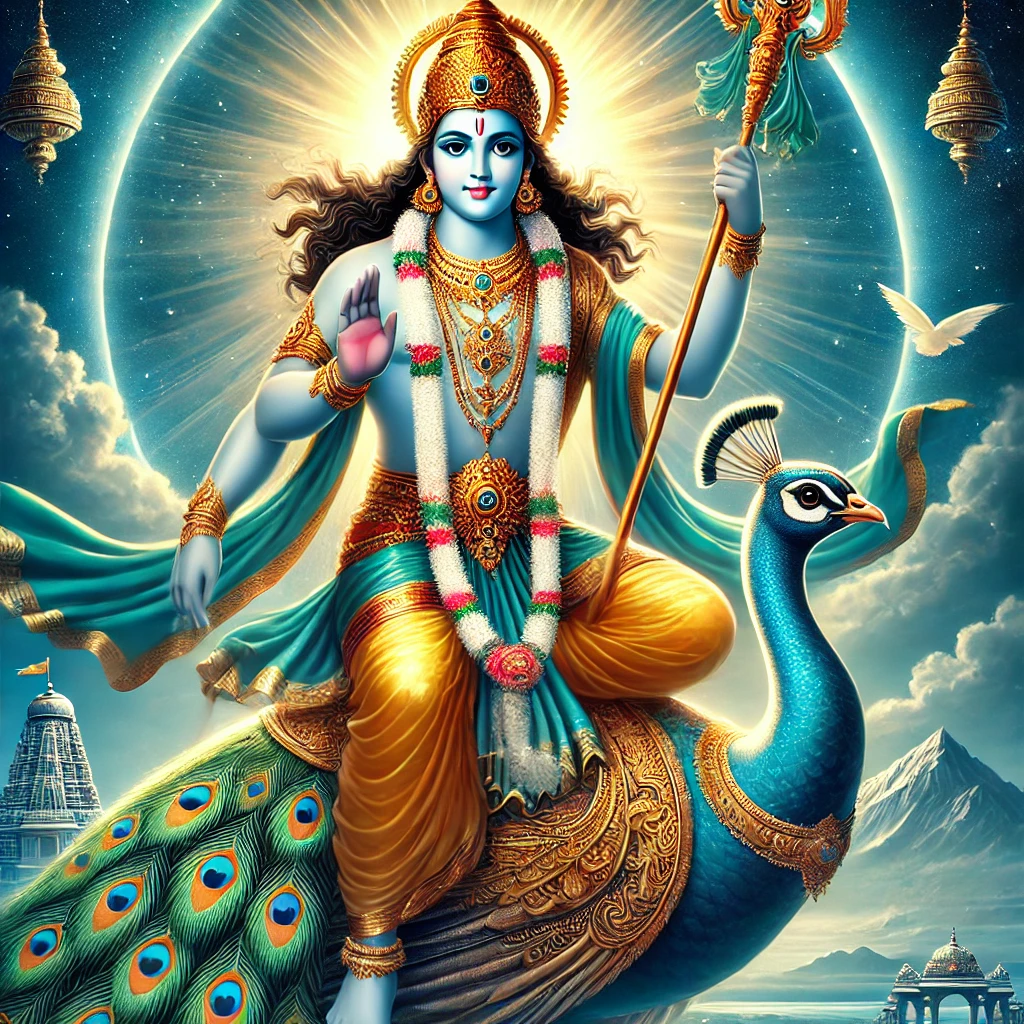
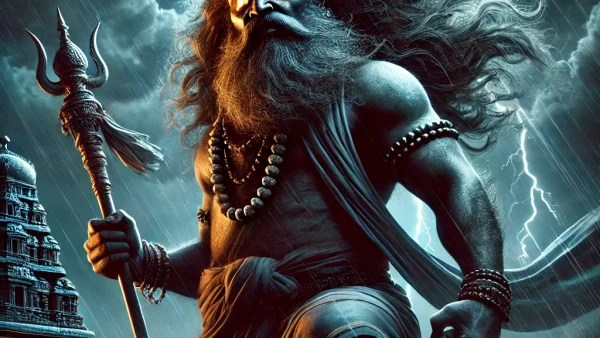
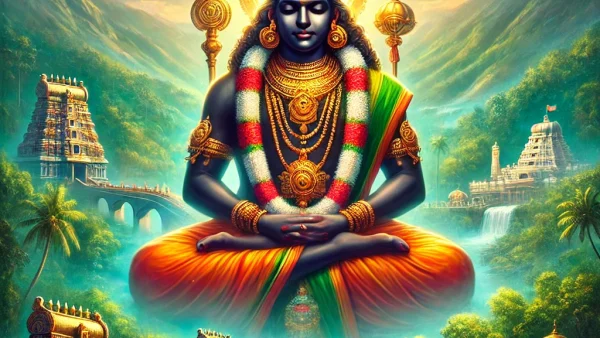
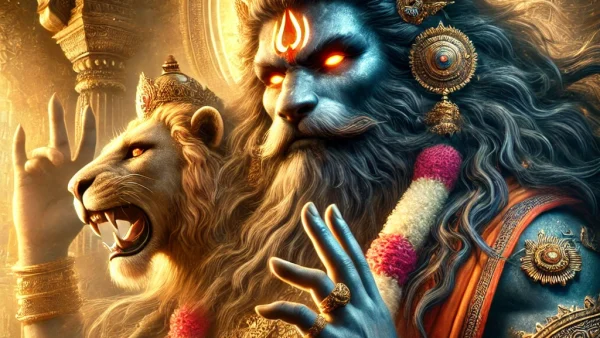
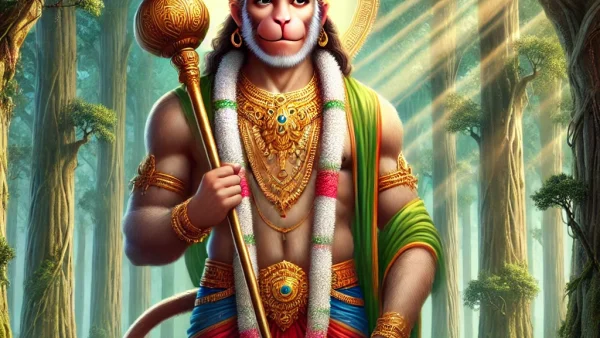
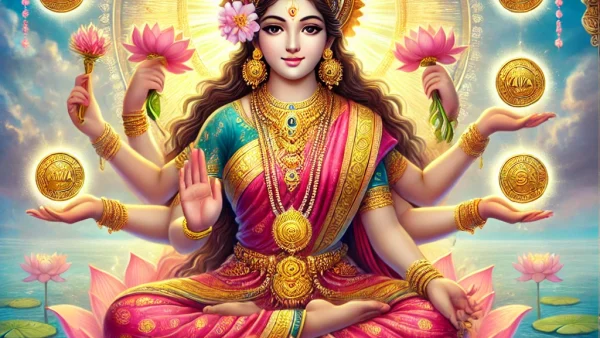
Pingback: Rudraksha Divine Bead of Lord Shiva
Pingback: Who is Brahma? Exploring the Creator in Hinduism - Spiritual Guru
Pingback: Who is Goddess Parvati? - Spiritual Guru
Pingback: Who is Lord Ganesh? - Spiritual Guru
Pingback: Who is Lord Kartikeya? (Murugan) - Dharma Pulse
Pingback: Who is Siddhar Bogar? - mantrarishi.com
Pingback: Who Is Appa Paithiyam Swamigal The Sage Beyond "My" or "Mine" - Spiritual Guru